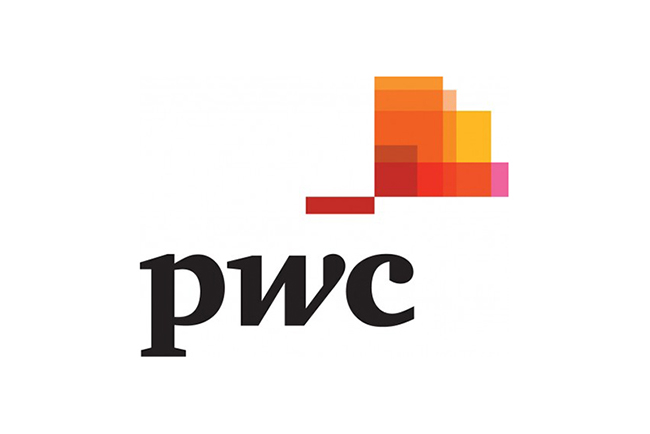COVID-19 has had an extraordinary impact on entertainment and media revenues and patterns of consumption in the Middle East and North Africa (MENA), just as it has across the world, says PwC Middle East’s MENA Entertainment & Media Outlook 2020-2024 report.
The report describes the shift to digital entertainment and paid content, the new business models and infrastructure required to support this change, and what governments and regulators can do to support the evolution of the industry.
The damage to physical media spending – from cinema box office takings to concerts, corporate events and newspaper and magazine advertising – means revenues in the region are expected to fall by 8.3% to $19.7bn. However, spending is estimated to gradually recover to 2019 based on a successful COVID-19 vaccine being widely available in the region, and to continue to grow from 2022 onwards. Overall, entertainment and media revenues are expected to increase by 3% in the region between 2019 and 2024, exceeding the 2% rise forecast globally.
Fadi Komati, Technology Consulting Partner at PwC Middle East, said: “COVID-19 and its after-
effects have pulled the future forward, as consumers in the region take more control of their own media
consumption, faced with an ever-expanding range of channels and content. This would not have been
possible without the accelerated adoption of 5G technology in some markets, which has enabled governments to expand digital infrastructure such as high-speed broadband access, and content delivery networks to enable content streaming and new content consumption experiences at home and on the go.
Additionally, the advent of newer 5G technologies has provided opportunities to enhance government
transparency and enabled new and more inclusive ways of engaging with the public.”
The pandemic has accelerated the adoption of streamed video content (OTT video) and music in the region and boosted the popularity of online gaming even further. In fact, when national lockdowns began, 50% of OTT video subscribers increased the amount of time they spent watching. Subscription services such as Netflix, Shahid (owned by MBC) and Dubai-based Starzplay Arabia have added more local content as unique user numbers and hours spent watching both increased between 2019 and 2020. Online gaming has also enjoyed tremendous popularity in the region, where people aged 24 and under make up close to half the population, and lockdowns have given the industry a further boost. Gamers in MENA have spent 24% more time playing in 2020 than in 2019, compared with an 11% increase globally. Digital audio – both streamed or downloaded music and podcasts – has been another beneficiary of captive lockdown audiences. In 2020, Anghami reported a 25% increase in music listeners, compared with 2019.
As a result, digital revenue is expected to make up 46% of total entertainment and media revenue in MENA in 2024, up from 37% in 2019.
Karim Sarkis, Partner with Strategy&, part of the PwC network, and the leader of the firm’s Media and Entertainment sector in the Middle East said: “This accelerated shift in the entertainment and media landscape in favour of digital content is an opportunity for media companies in the region to reinvent their relationship with their audience, transform the capabilities of their teams, and reduce their reliance on advertising expenditure in markets where consumers are willing to pay for content. This is not an optional path for media companies in the region, but a strategic necessity that will determine their future.”
According to the PwC report, all stakeholders will have a major role to play in the shift to digital forms of media and entertainment:
– Regional media companies: Develop and evolve digital business models, and leverage the opportunity to build direct-to consumer relationships; identify and develop the digital competencies they need, and assess the optimal ways to scale these through acquisitions or partnerships; and differentiate themselves through local content and insights that require strong competencies in consumer data and analytics.
– Multinational media companies: Prioritise markets by their potential and ease of entry, and navigate the content production ecosystem, and work with regulators to understand their obligations.
– Telecom operators: Grow their presence in the sector through acquisitions and partnerships with media companies.
– Government and regulators: Deploy the right digital infrastructure to allow audiences to access new channels and forms of content, support innovation and the creation of local content, and ensure customer data is protected, markets are driven by healthy competition, and that content is appropriate and does not break with societal norms.
Moving forward, media and entertainment companies, both local and international, need to transform their business models to keep pace with new audience expectations and to consider developing an optimal mix of ad-funded and consumer-paid revenues. Keeping up with the changing media landscape also requires government and regulatory support to expand the necessary digital infrastructure, and to ensure regulation protects consumers without stifling innovation.


COMMENTS